Research
These short articles highlight the findings from ongoing scientific research within selected Marine Parks, including exciting new discoveries and ideas for future projects. If you are a scientist, read about how you can see your work featured in the Atlas.


Ever wondered what the weird and wonderful inhabitants of Australia’s Marine National Parks look like? Scientists are developing an easy access, high-quality catalogue of media-ready content to put a face to the unique and quirky organisms that call the deep reefs of Australia’s southern Marine Parks home. Led by scientists from the University of Tasmania’s Institute for Marine and Antarctic Studies and the University of Western Australia’s The Ocean’s Institute, the project is designed to bring the science of our marine parks to life.


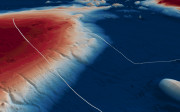
South Tasman Rise Park contains a cluster of distinctive seamounts characterised by flat tops that potentially encompass many shelf reef habitats. The seamount areas are highly productive with diverse coral assemblages, which have been the target of historical commercial fishing efforts for decades owing to their ability to support vast fish assemblages1. The park covers representative areas of the Tasmania Province bioregion.
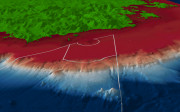
Tasman Fracture Marine Park contains deep reefs, seamounts and a fracture zone unique to the network. Small high-profile deep (rariphotic) reefs occur in the north-western and eastern sections along with an isolated high-profile reef in the north-eastern sector, south-east of the Mewstone2. The park covers representative areas of four bioregions.
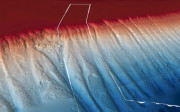
Zeehan Marine Park displays low-profile platform reef across much of the shelf area. The eastern edge of the park is smooth and undulating before changing in the mid shelf to a more corrugated pavement characterised by 3-5m high ledges with flat faces. The park covers representative areas of four bioregions.
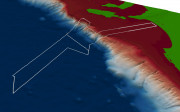
Murray Marine Park contains highly varied geomorphology throughout the park, potentially encompassing many shelf reef habitats. The northern edge consists predominately of Lacepede shelf, a large shelf area intersected by ancient channels of the Murray River that converge at the head of Sprigg canyon on the continental shelf2. It covers representative areas of four bioregions.
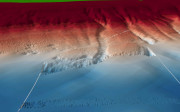
Nelson Marine Park contains complex undersea topography, including lower-slope and abyssal ecosystems. It covers representative areas of the West Tasmania Transition bioregion.
